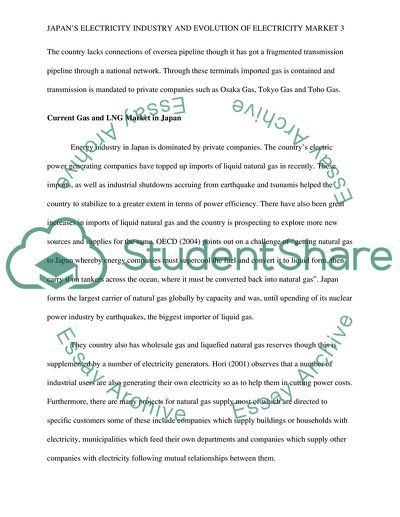Cite this document
(GAS & LNG Market of JAPAN Coursework Example | Topics and Well Written Essays - 2250 words, n.d.)
GAS & LNG Market of JAPAN Coursework Example | Topics and Well Written Essays - 2250 words. Retrieved from https://studentshare.org/marketing/1768897-gas-lng-market-of-japan
GAS & LNG Market of JAPAN Coursework Example | Topics and Well Written Essays - 2250 words. Retrieved from https://studentshare.org/marketing/1768897-gas-lng-market-of-japan
(GAS & LNG Market of JAPAN Coursework Example | Topics and Well Written Essays - 2250 Words)
GAS & LNG Market of JAPAN Coursework Example | Topics and Well Written Essays - 2250 Words. https://studentshare.org/marketing/1768897-gas-lng-market-of-japan.
GAS & LNG Market of JAPAN Coursework Example | Topics and Well Written Essays - 2250 Words. https://studentshare.org/marketing/1768897-gas-lng-market-of-japan.
“GAS & LNG Market of JAPAN Coursework Example | Topics and Well Written Essays - 2250 Words”, n.d. https://studentshare.org/marketing/1768897-gas-lng-market-of-japan.


